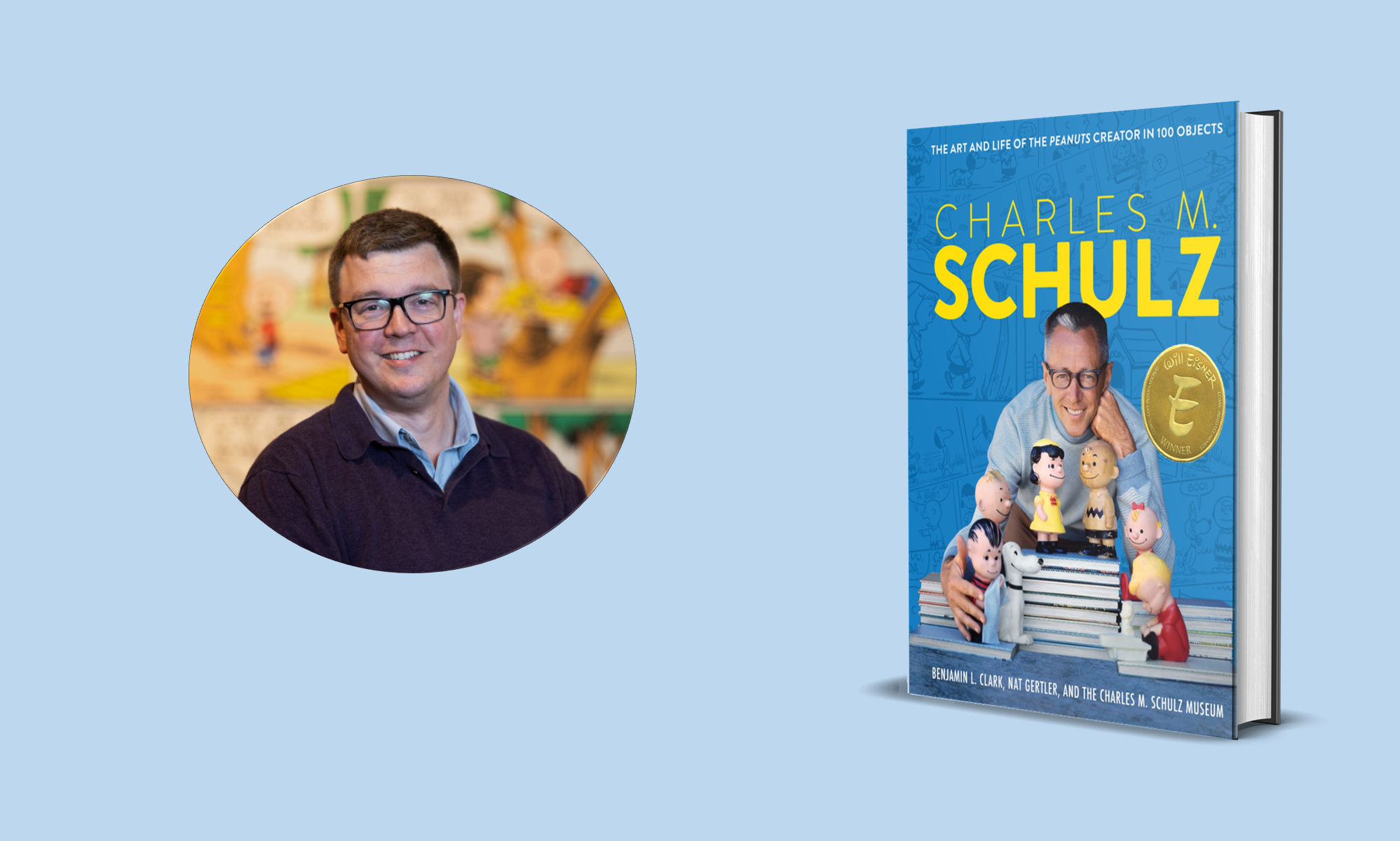Barnes & Noble – Lincoln, NE
When Barnes and Noble arrived in Lincoln, Nebraska, in the spring of 1994, they staked out a huge chunk of prime real estate right on “O” Street. It cleared a fiefdom from the car dealership that ran nearly uninterrupted for eight blocks on both sides of Lincoln’s main street. This giant new store was a big deal. Not only did they bring easy access to a cosmopolitan newsstand, but of course, that hallmark and highmark of modern western culture: Starbucks coffee. Finally, we could buy fancy, expensive coffee drinks and not have to go all the way downtown for the pleasure. And it was from a brand we had heard of on television.
My Dad, who owns a small business, had rented a pleasant office nearby several years earlier on a bank building’s fourth floor. He was thrilled. Who knows how many hours he killed there during the week looking through car magazines, bringing home the occasional Hemmings Motor News or the aspirational DuPont Registry for us to get a glimpse into how wealthy people live. “This house has its own waterpark!” One night he came home with an espresso machine. It wasn’t one sold by Starbucks, I’m sure. However, we cannot doubt the inspiration for buying the contraption. This strange, exotic machine stayed in its box in the pantry for some time, though I don’t know why. Perhaps we were intimidated by it.
One day I was home playing hooky, sometime in the seventh grade, and I dug the machine out and plugged it in for the first time. By then, I was regularly drinking sweet milky coffee concoctions. It was time to learn about the real thing. I read the manual, opened the little packet of pre-ground, measured coffee pods, and let it rip. Soon, I was dissolving Werther’s Original candies to mix in. Italian branded flavored syrups had already appeared in our home to make Italian sodas, so the idea to sweeten it up wasn’t a new one. I had one waiting for Dad when he came home. I was lucky my head didn’t explode with what was probably a near-lethal amount of caffeine in my young body.
When Barnes & Noble came to town, going to the bookshop became less remarkable. In those years, the store was clean, cool, and bright—a respite in a hectic day, not a dive into some subject, writer, or experience. We were just going to grab a coffee, maybe browse a little and go.
Festooned with holiday decorations and a table of ladies ready to wrap gifts, I quickly made it my preferred place to buy gifts during the holidays. The big wood double doors, with the little panes of glass, swung easy and offered a warm welcome in the winter. The ladies were from some good society doing good works. Their wrapping paper was thick and subdued, and it was only a donation to have them quickly wrap up all these rectangles. I’ve never been great at wrapping gifts, so it was an easy choice.
It was the ’90s, I was in high school, and I didn’t have much money to spend. So, another thing I loved at Barnes & Noble was that they carried Dover Thrift Editions. If you’re not familiar with this series of books, they are the absolute most cheaply produced paperback books of all time. And with our annual 14-hour drive each way to Michigan for Christmas at my Grandparents’ ahead of me and a weeklong stay with virtually no television and early bedtimes — it was a reading paradise. Yes, I could read our assigned books for school, but I already wanted to read other stuff. And the Dover Thrift copies of Treasure Island, Robinson Crusoe, and The Hound of the Baskervilles fit easily in my bookbag and only cost a dollar or maybe two each, at the most. B&N would even put them on sale for half-price, so $10 would buy a lot. It was almost as good as the used book sale in the mall’s basement each summer, but these books were *new*.
The wallpaper graphic covers today give me a warm, Christmassy feeling, awakening memories of laying in the rollaway bed in my grandparents’ basement in northwestern Michigan, the little basement well-windows filled with snow diffusing morning daylight bright enough to read by. Grandma cooking a full breakfast upstairs and a few murmured Good Mornings meant the coffee pot was already on its second run.
I didn’t own a lot of new books. Most of the books on my shelves were claimed from my parents’ shelves or bought at the used book sales put on by the retired teachers association. They had books as cheap as 10 cents back then. I could come away with a grocery stack about to split for a few dollars, stuffed with wonderful old Modern Library editions, the solid colored Penguin paperbacks, and anything else that struck my fancy. Writing that memory, in particular, makes me feel like when my grandfather would reminisce about going to the movies, buying a candy bar, taking the streetcar home, and leftover change still clanking in his pocket from the quarter his mother gave him for his outing.
It feels strange to feel nostalgia for Barnes & Noble in the 1990s. Having the behemoth come to town felt like a declaration of war against the small independent shops. However, many of them were just fine in the end. The bookshops at the mall took the brunt of the blow — places like Walden Books and B. Dalton. At least that’s how it looked to a teenager in Lincoln, Nebraska.
About the Author: Benjamin L. Clark writes and works as a museum curator.














